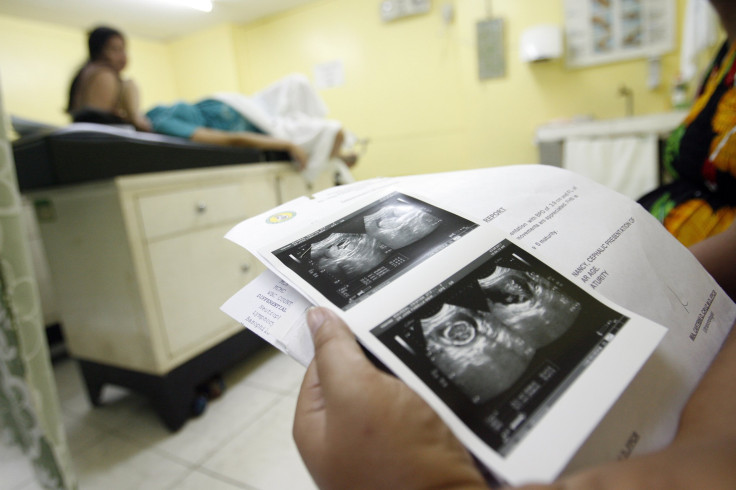Ultrasound Increases Speed Of Healing Wounds Of Diabetics; Losing Limb Can Be Prevented

A team of researchers from two universities in United Kingdom discovered a new benefit from ultrasound. Vibration from ultrasound accelerates the healing time of chronic wounds caused by diabetes and aging, study suggests.
After the application of ultrasound to restore lost memories of mice with Alzheimer’s and reverse the healing delays of broken bones, researchers have found that ultrasound can be useful to help skin wounds heal more quickly in a recent animal study conducted by a team from the Universities of Sheffield and Bristol in UK. The study shows that ultrasound treatment can restore the average healing rate of an old and diabetic mice as well as healthy animals.
Researchers found that a low-intensity ultrasound helped increase speed of the healing time of wounds in diabetic and aged mice by 30 percent. The researchers used the same equipment used in an ultrasound to monitor pregnancy on mice suffering chronic wounds for weeks. With the same ultrasound equipment, researchers reduced the healing time from nine to six days in both old and diabetic mice, according to the study published in the Journal of Investigative of Dermatology.
In the tests, researchers from the University of Sheffield discovered the ultrasound wakes up cells through a vibration in the skin that helps to stimulate and accelerate the healing process of wounds. The vibration produces high frequency sound waves that physically make the cells more responsive in and around the wound. The process effectively activated a protein pathway that helped fibroblast cells, important to healing, migrate to the wound.
Researchers suggest that the ultrasound treatment can be effective on treating diabetics and the elderly to reduce the chance of wounds getting infected and prevent limb amputation. The lead author of the study, Mark Bass, explained that “using ultrasound wakes up the cells and stimulates a normal healing process. Because it is just speeding up the normal processes, the treatment doesn’t carry the risk of side effects that are often associated with drug treatments.” Bass added that the treatment is relatively risk-free and further improvement of its effects will lead into “broad clinical use within three or four years.”
The researchers found ultrasound could reverse the migration issues of fibroblasts from human venous leg ulcer patients to prevent amputation.The study then suggests the treatment can be applicable to humans.
To contact the writer, email: darwinsamuelm.malicdem@gmail.com




















